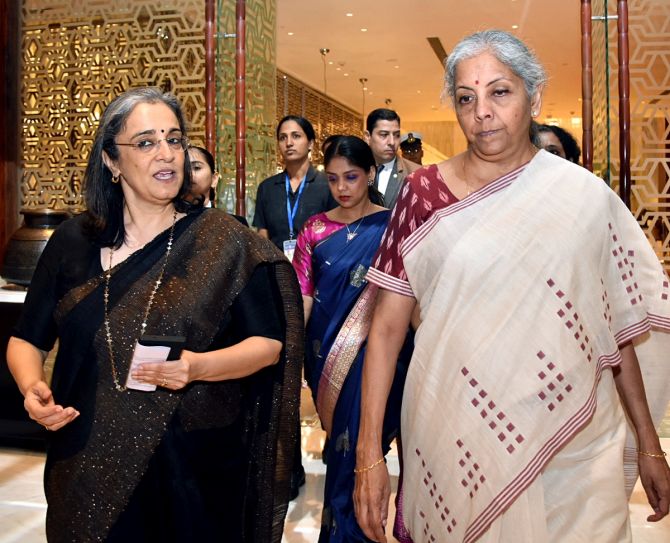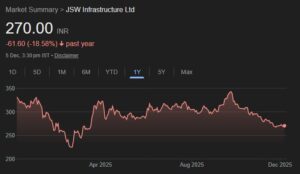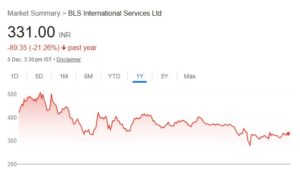
The forthcoming Union Budget due in July 2024 could continue the roadmap laid out in the previous Budgets barring a small course correction. It could largely retain the revenue and expenses projections made in the interim Budget (except for the windfall dividend from RBI). This additional receipt from the RBI could be used to i) cut the fiscal deficit target to 5.0% for FY25 from 5.1% in the interim Budget thus reinforcing the inclination to stick to fiscal consolidation; ii) make higher transfers to states for capex spend (given that states have cut back on capex spends to fund populist measures) iii) increase transfer under PM KISAN from Rs.6000 p.a. to Rs.7500 p.a. iv) provide incentive to income tax payers to shift to the new tax regime by providing higher standard and other deductions/higher exemption limit/changes in tax slabs.
The Govt is likely to shun the race of competitive populism through handouts and is not likely to abandon the path of fiscal prudence although it may make extra efforts to win over a larger population of rural and urban poor by incurring targeted social welfare spends. It may want to protect its image of being a responsible, clean Govt, cutting wasteful spending, eradicating corruption, bringing more transparency by reducing off-Budget items and maintaining fiscal prudence. The FM may announce further consolidation to a deficit of below 4.5% of GDP by FY26. India’s general government debt being above 80% of GDP, there is need for fiscal consolidation.
The Budget could bring benefits to several sectors, including infrastructure, affordable housing, Industrials/Engineering, Consumer goods etc. The NDA 3.0 has already announced the decision to help 3 crore additional rural and urban households for the construction of houses.
The Union Budget could see the government paving the way for foreign-domiciled Indian startups to flip their corporate headquarters back to India — via the special economic zone of GIFT City — with minimal tax implications and to woo other companies to the Gift city with tax-breaks and other sops.
MSME sector could receive special mention by way of measures to ease capital raising and relaxing norms in NPA recognition by Banks. MSMEs in India produce ~30% of output (GVA as of FY22) and employ 120mn+ workers.
Banks could get a leg up in deposit mobilisation by way of enhanced deduction for interest receipts by depositors.
Agri revival could be a major thrust in the Budget and provisions may be made for rationalisation of GST rates on certain agricultural inputs; and enhanced capex may be considered for deployment in rural infrastructure such as irrigation, warehousing and cold chains. Spending on food subsidies and rural development are likely to rise, to boost rural India and consumption. Allocation to MGNREGA is also likely to be increased.
The Govt may announce its intent to divest some stake in low float PSU stocks as they are seeing valuation bubble although the divestment target may not be hiked majorly.
An Employment Linked Incentive scheme for labour intensive sectors like toys, textiles, furniture, tourism, logistics, small retail and media & entertainment may also be announced.
Measures to bring down the interest rates in the system could trigger higher business activity, new capex announcements, reduce the interest outgo for businesses and expand valuation of stocks. For this, sticking to the fiscal consolidation path and desisting the tendency to turn populist will be appreciated. Government borrowing is expected to fall, with net borrowing at Rs 11.4 trillion ( Rs 11.8 trillion as per Interim Budget) and gross borrowing expected to be Rs 13.8 trillion (Rs 14.1 trillion as per Interim Budget) in FY25.
Higher focus on capex (vs higher revenue expenses) in the Budget will send a good signal to the markets and investors – both local and global.
India’s current capital gains tax structure is complex, with multiple rates depending on the type of capital asset and the holding period. There is a need to simplify this. However, in case this results in higher tax outgo or longer holding period on listed securities, the markets may react adversely in the short term. As some fears on this count are getting discounted, the markets may react positively to status quo on this. We don’t think that there would be any major changes to the capital gains tax although we do not rule out higher tax burden in some form on the urban rich.
Steps to discourage F&O trading by retail investors could also be announced in the Budget. STT on HFT trades need to be raised so that the retail traders who are losers in most F&O trades are protected to some extent. However, this may impact the volumes and depth in the market and adversely affect the revenues of the exchanges/SEBI. To discourage the rising trades in options, income from F&O trades may be treated as speculative income and not normal business income.
Current taxation on dividends in the hands of shareholders is viewed as double taxation since the company already pays taxes on its profits. Any relief from this double taxation on dividends would be appreciated.
Any measure to encourage flow of money to equity markets (directly or through MFs) will be appreciated.
Normal monsoon, gradual decline in inflation, softening of interest rates and government’s measures to boost consumption and investment will aid growth this year.
We think that any correction post the Budget may be short lived unless impacted by some other trigger. However, retail investors will do well to review their asset allocation and equity portfolio and rebalance their excess holdings in equities (due to the rise in values) into other asset classes and in the process take some profits out of stocks that have run up much ahead of their fundamentals in the past few months.





